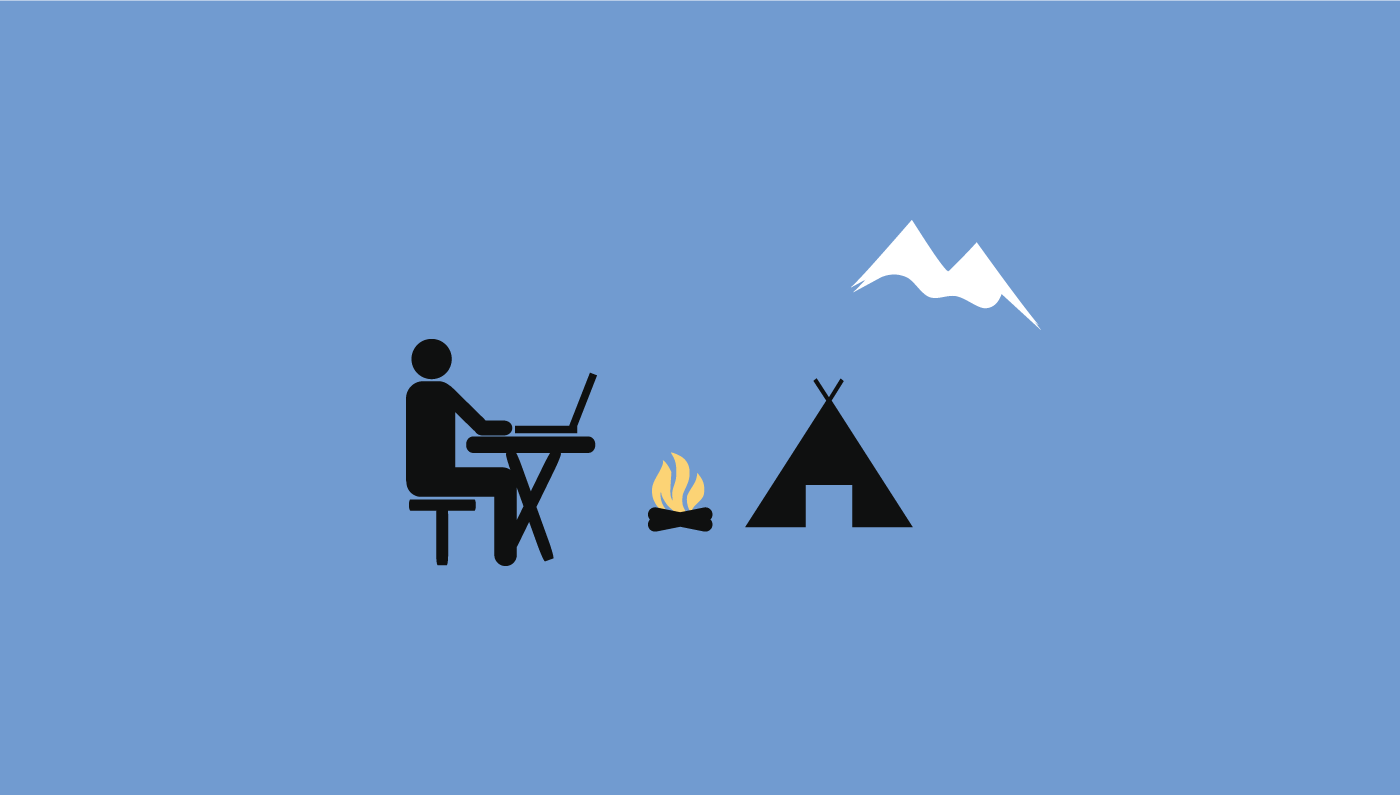First there were private offices, then cubicles, then the open concept. Turning the modern office space into an environment conducive to creating good advertising has been a minor preoccupation since the first creative dragged his briefcase to work.
In any case, I recently read two articles about office renovation experiments: one was about the Barbarian Group’s new 4,400-sq-ft. desk; the other was about Heldergroen’s desk that, without exception, disappears into the ceiling at 6:00 pm. The former’s purpose is to help foster collaboration, and the latter’s purpose is to help employees strike a better work/life balance. Both are undoubtedly very cool and very buzz-worthy. Whether or not they accomplish their respective goals is difficult to say. I’ve only seen The Barbarian Group’s desktopia in a video about its construction, but it feels very frighteningly Dr. Seussian; and a desk that suddenly starts rising into the ceiling at 6:00 pm, regardless of what one is doing, strikes me as inconvenient at best. Many people don’t share my opinion—they think both ideas are pretty stellar—and that brings me to my point: what one person finds helpful and liberating in an environment, another finds unhelpful and oppressive.
After many attempts by many people to find an ideal work-space configuration, I think we need to acknowledge that there is no silver bullet when it comes to crafting a perfect work space for creatives. Private offices quash the collaboration that extroverts thrive on; open-space environments create too many distractions for introverts and, while trendy, have repeatedly shown themselves to be the scourge of employee satisfaction and productivity; the cubicle space—a hybrid of both the aforementioned environments—should satisfy everyone in theory but satisfies no one in practice. (Much has been written about the emergence of campus environments [Google being the most famous example], but because there has yet to be a traditional ad company that has taken over enough of the world to warrant its own tiny city, we’ll leave the campus environment out of this advertising-space-centric discussion.)
Perhaps the best work environment is a borderless work environment. In other words, allow people to work where they want and when they want. Have a space for people who need or want the collaboration, but let the introverts work from home if that’s where they do their best work; let the night owls work the graveyard shift at the local pub if that’s when they generate ideas. We are interconnected enough that a destination space, where everyone gathers at 9 and leaves at 5, is no longer necessary.
Maybe the best-designed employee environment is the one they create for themselves.


